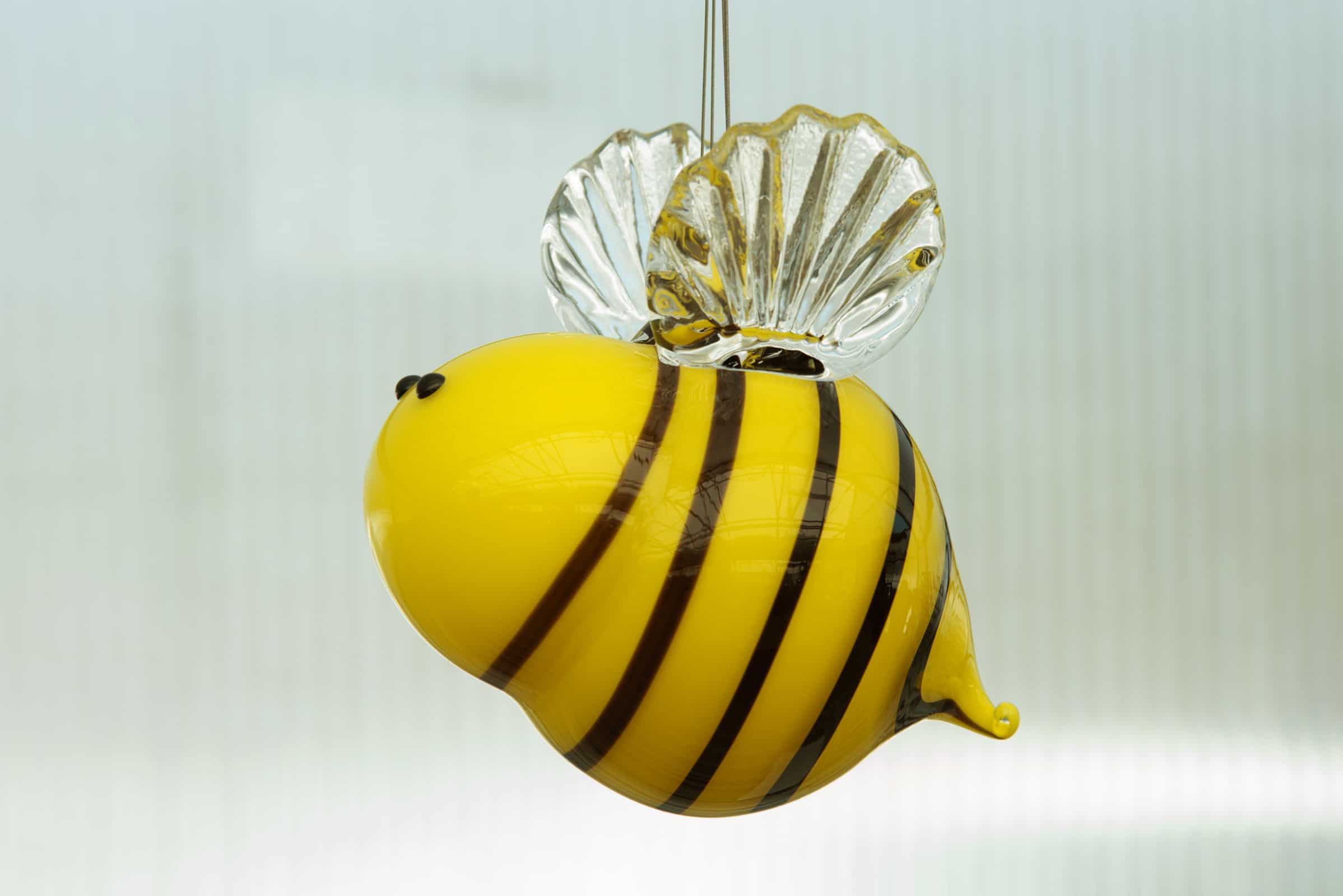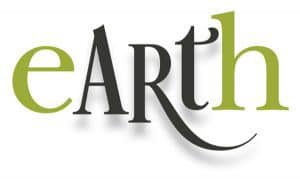The ripple effect of the bee’s disappearance will touch every corner of the world. Albert Einstein said, “If the bee disappeared off the face of the earth, man would only have four years left to live.” While we seem to be testing his hypothesis, we must work to make sure we never have to find out.
We can all do a part in saving the bee in small ways that will make a big difference. Don’t use any chemicals in your garden that will poison and contaminate bees and their colonies. Make way stations (small watering dishes) to hydrate bees. Choose to plant bee-friendly flowers in your garden to attract and sustain bees.
As you plan your garden this spring, think of ways to encourage bees to your plantings. Choose flowers that are native to your area, and are colorful and fragrant. Flowers that bloom early and for an extended period offer a continuous supply of nectar. Plant bee-friendly specimens in groups to get the most benefit (it’s also visually pleasing in your garden).
- Black Eyed Susan
- Bee Balm
- Butterfly Bush
- Calendula
- Cosmos
- Coneflower
- Crocus
- Delphinium
- Goldenrod
- Heliotrope
- Joe Pye Weed
- Lavender
- Mint
- Marigold
- Nasturium
- Pansies
- Sage
- Sedum
- Sweet Peas
- Sun Flowers
- Thyme
- Honey never spoils.
- Bees are the only insect that produces food that humans eat.
- Honey bees communicate by dancing.
“Bee” inspired to do your part in the effort to save this essential insect. Stop by the nursery and we’ll lead you to the plants and flowers that will best entice bees to your garden. You might get a few butterflies and hummingbirds too!

